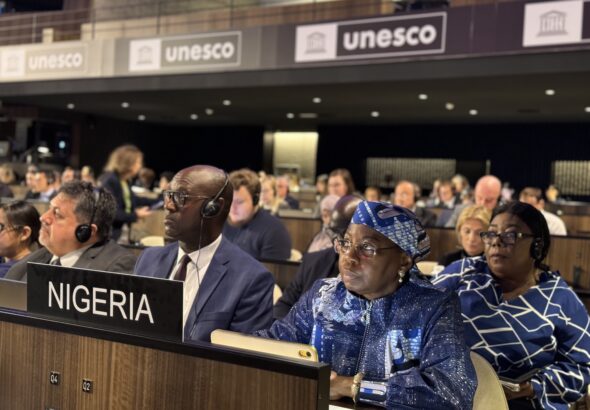As Nigeria prepares for future UNESCO World Heritage Committee cycles, a heritage expert, Dr. Tokie Laotan-Brown, has unveiled a comprehensive report diagnosing the country’s persistent failure to secure global recognition for its heritage sites.
The report, titled, “Resolving the deadlock in Nigeria’s world heritage tentative list review,” identifies key institutional failings and offers an ambitious but practical roadmap to reposition Nigeria on the international heritage map.
Dr. Laotan-Brown attributed Nigeria’s heritage stagnation to a tangled web of bureaucratic inertia, funding neglect and federal-state tensions.
“Nigeria can no longer afford to let its heritage be trapped by institutional bottlenecks. This is our chance to honour the past, empower the present and secure global recognition for the future,” she stated.
Despite being home to a wealth of cultural and natural treasures, Nigeria currently has only two sites inscribed on UNESCO’s prestigious World Heritage List.
She lamented that, “Despite having 14 sites on its Tentative List, which is an essential prerequisite for World Heritage nominations, Nigeria has failed to make progress for over a decade.”
At the heart of the problem, the report noted, is a fragmented governance structure. “The Federal Ministry of Culture, through the National Commission for Museums and Monuments (NCMM), holds exclusive authority over the Tentative List, while the National Assembly (NASS) controls the purse strings,” it revealed.
“This divided structure has led to chronic underfunding, neither the 2024 nor 2025 budgets allocated funds for heritage nominations,” the report added.
She pointed out that, “State governments and local communities eager to promote their sites are excluded from the process, despite UNESCO’s insistence on inclusive governance.
“This is not just a policy failure; it is a missed national opportunity,” she wrote, highlighting how Nigeria’s stagnation contributes to Africa’s broader underrepresentation on the World Heritage List.
To address the deadlock, the report outlines both short-term and long-term strategies.
“In the immediate term, there should be executive funding interventions from the Presidency, supplementary budget proposals to the National Assembly, co-funding partnerships with state governments, and engagement with international donors and UNESCO for technical and financial support.”
The report also recommends prioritising near-ready sites such as the Kano City Walls and Oke Idanre Hills as ‘morale-boosting quick wins.’
In the long term, Laotan-Brown proposed the creation of a National World Heritage Committee involving federal, state, community and expert stakeholders to jointly manage the Tentative List and nomination process. She also called for “legal amendments, predictable funding mechanisms, and local capacity-building.”
Referencing global best practices, she said: “The model is clear. The federal oversight must be matched by subnational initiative and community engagement.”
She further highlighted the role of civil society, academic institutions and grassroots actors. “Heritage is a people’s story. Those that are closest to it must shape how it is preserved and shared,” she said.
She also called on media organisations, traditional leaders, educators and local NGOs to “pressure the Federal Government to support heritage nomination processes from the ground up.”

